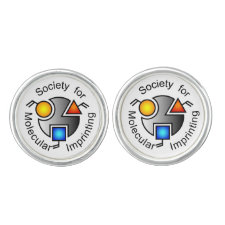
Authors: Rohani GF, Ansari M
Article Title: Electropolymerized MIP with MWCNTs on Stir Bar Using Multivariate Optimization for Tetradifon Detection in Date.
Publication date: 2019
Journal: Pharmaceutical Nanotechnology
Volume: 7
Issue: (5)
Page numbers: 404-417.
DOI: 10.2174/2211738507666190919113100
Alternative URL: http://www.eurekaselect.com/node/174990/article
Abstract: Background: Multi-walled carbon nanotubes (MWCNT) adjunct to molecularly imprinted polymers (MIP) have advantages of the large surface area of nanoparticles and selectivity of MIPs for selective extraction of tetradifon as a widely used pesticide in date palm. Objectives: The main aims were the use of experimental design, electrochemical synthesis and ultra-high performance liquid chromatography (UHPLC) to develop a simple, reliable and precise pesticide residue analysis method as an important aspect of food and drug quality control for the determination of tetradifon in date palms. Methods: An MIP in the presence of MWCNT was synthesized by cyclic voltammetric technique on a steel rod to produce a composite of MIP-MWCNTs for stir bar extraction of tetradifon residue in date samples. The experimental design was used to optimize MIPMWCNT composite synthesis through the screening of eight variables. The composite was characterized by scanning electron microscopy (SEM). Tetradifon was determined in extracted samples by UHPLC under optimum conditions. Results: A very thin film was made by MIP-MWCNT coated on a steel rod which was repeatable and had good adhesion and persistence. The detection limit (LOD) and the quantification limit (LOQ) of the method were measured as 16 and 49 ng/ml, respectively. Average recovery of tetradifon at the two spiked levels was observed to be as low as 86.5% to 90.7% (RSD from 0.79% to 1.04%). Conclusion: The low cost, high selectivity, good reproducibility, acceptable intra and inter day precision and accuracy developed method were successfully applied to determine tetradifon residue in date samples purchased from a local market
Template and target information: tetradifon
Author keywords: Date, electropolymerization, molecular imprinted polymer, residue, Stir bar, tetradifon



Join the Society for Molecular Imprinting

New items RSS feed
Sign-up for e-mail updates:
Choose between receiving an occasional newsletter or more frequent e-mail alerts.
Click here to go to the sign-up page.
Is your name elemental or peptidic? Enter your name and find out by clicking either of the buttons below!
Other products you may like:
 MIPdatabase
MIPdatabase









